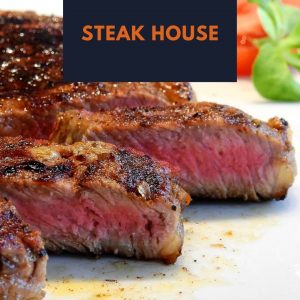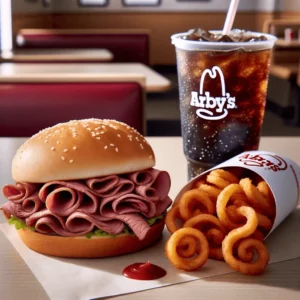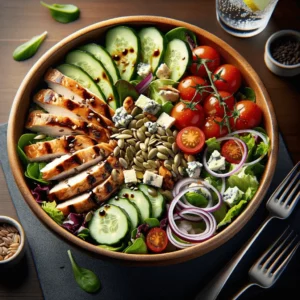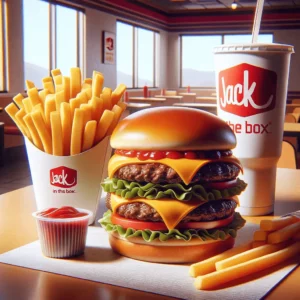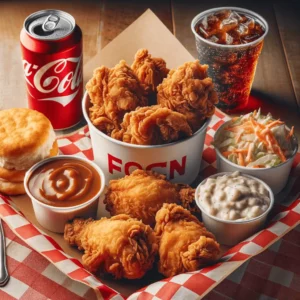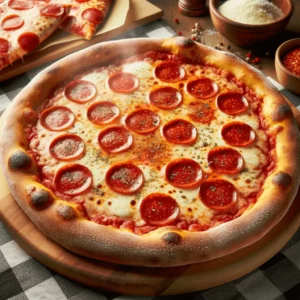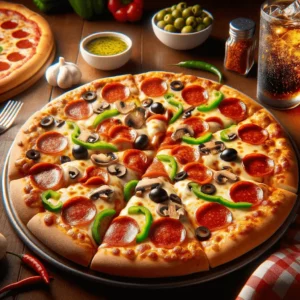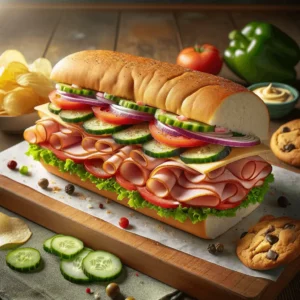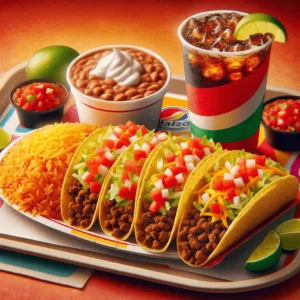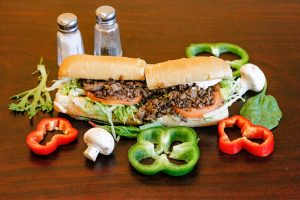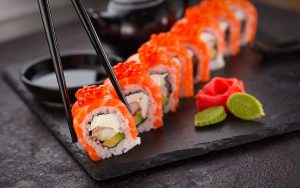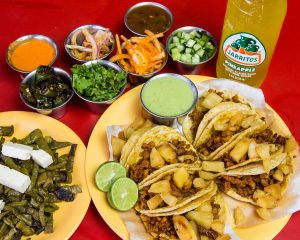Igniting the Passion for Teppanyaki Dining
Hibachi restaurants offer a spectacle of culinary artistry, blending the finesse of Japanese cooking techniques with an interactive dining experience. Transcending the boundaries of a typical meal, these establishments promise a sensory delight, combining sight, sound, and savor into a memorable feast.
Flames and Flavors: Hibachi Signature Dishes
Hibachi Grilled Steak
A staple in every hibachi restaurant, expertly-marinated steak is seared to perfection on the sizzling grill, resulting in tender, flavorful bites that melt in the mouth.
Shrimp Teppanyaki
With a flourish of the chef’s spatula, succulent shrimp dance on the hot grill, absorbing flavors and achieving a golden crispiness that’s simply irresistible.
Classic Companions on the Hibachi Plate
Fried Rice
One of the cornerstones of the hibachi experience, rice is transformed under the adept hands of the chef, combined with veggies, soy sauce, and sometimes egg, resulting in a flavorful side dish.
Grilled Vegetables
Zucchini, bell peppers, onions, and mushrooms: the grill enhances the natural flavors of these veggies, turning them into delectable, charred delights.
Completing the Hibachi Experience: Sauces and More
Yum Yum Sauce
A favorite dipping companion, this creamy, slightly tangy sauce is often paired with grilled meats and seafood, enhancing their rich flavors.
Ginger Sauce
Its zesty profile makes ginger sauce a palate cleanser and a delightful dip, especially for the grilled veggies.
Conclusion
Hibachi restaurants redefine the dining paradigm, making each meal a theatrical masterpiece. The culinary skills of the chefs, combined with the aromatic allure of grilled delicacies, make hibachi dining an adventure, not just a meal. Whether you’re celebrating an occasion or simply seeking a unique gastronomic experience, these restaurants ensure every moment is etched in memory.
FAQs
1. What’s the difference between hibachi and teppanyaki?
While often used interchangeably in the U.S., traditionally, “hibachi” refers to a small, open-top container for burning charcoal, while “teppanyaki” denotes the style of cooking on a flat iron griddle. However, in many U.S. restaurants, the hibachi term has become synonymous with the teppanyaki cooking style.
2. Is the food cooked in front of the diners?
Yes, one of the highlights of hibachi dining is the interactive experience where chefs showcase their culinary prowess right before the guests, often with a dash of flair and showmanship.
3. Are reservations recommended for hibachi restaurants?
Given the unique dining setup and the popularity of the hibachi experience, making a reservation, especially on weekends or special occasions, is advisable.
4. Is hibachi dining suitable for children?
Absolutely! Kids often delight in the theatrical cooking displays, making it a fun family dining option. However, parents should ensure children are supervised due to the open grills.
5. Are there vegetarian options available at hibachi restaurants?
Certainly! While meats and seafood are prominent, most hibachi chefs also excel in creating delectable grilled vegetable dishes, ensuring a well-rounded menu for all diners.











